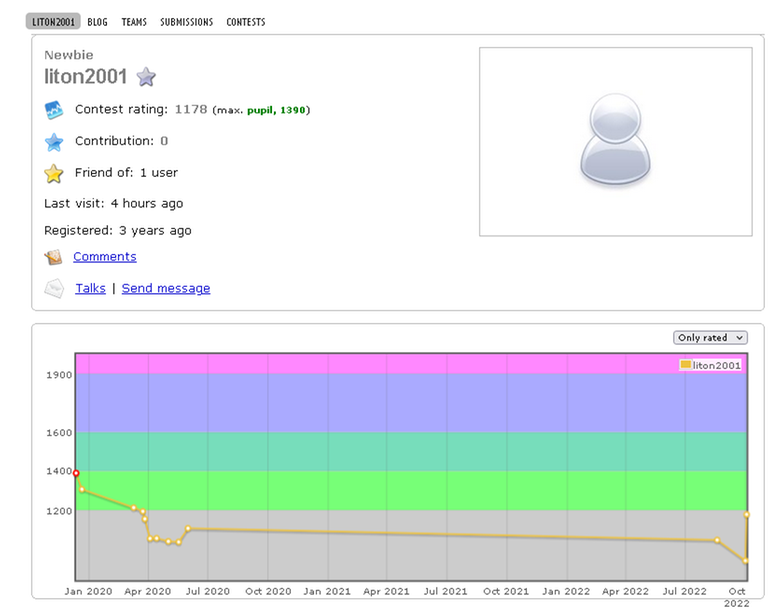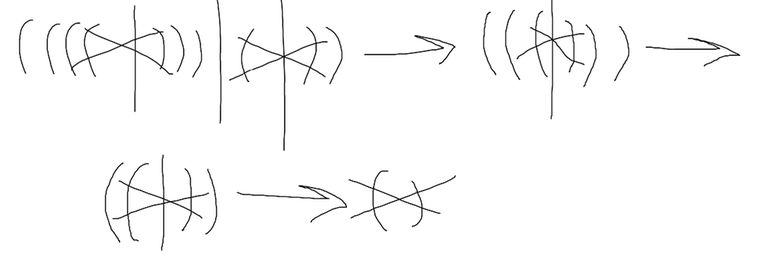Hi MikeMirzayanov.
I believe many people have cheated in the most recent contest, this behavior should be unacceptable. It also appears there are groups of people helping each other cheat.
Take note of the comments in this submission: 174424727.
// if a[i][l]==a[j][l] then d+=a[i][l] else d+=3-a[i][l]-a[j][l] //this is the line that I don't know how to translate into cpp. I tried to use ternary operator but it doesn't work. Please help me! Thank you!
// return 0 in python is return 0 in cpp? I'm not sure about this one too! Please help me! Thank you! :)</code>
It is clear that this person is cheating.
I believe this has significantly effected the ratings of competitors, including me, in this most recent contest. I would put heavy suspicion on all long-standing newbies who have recently skyrocketed to the top 1500 in this contest. It is almost assured that they are cheating. You can notice the unusual spike in the rating graph of the user whose submission I have linked.

I have also found that all of these submissions are exactly the same. There are more, I will find them later: 174418316 174422837 174422837 174422426 174428235 174428573 174413648 174424155 174427490 174422837 174413565
Thank you for your time.












